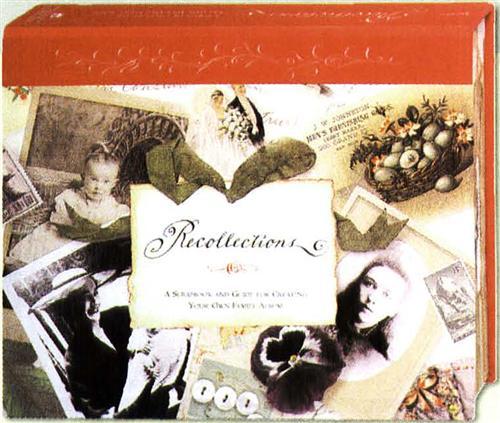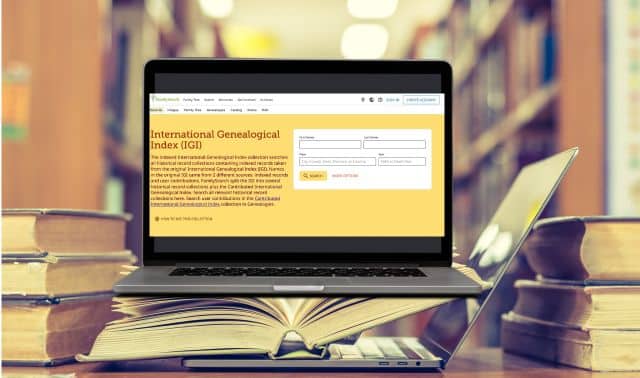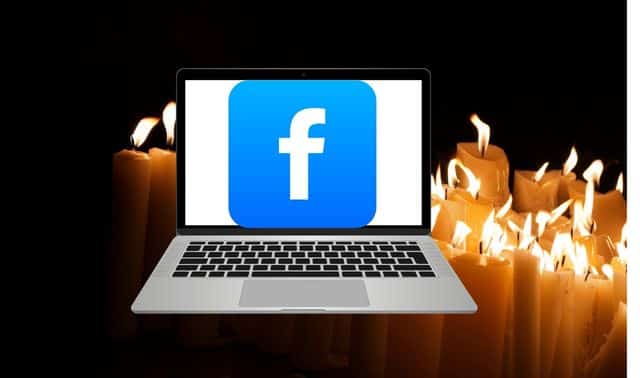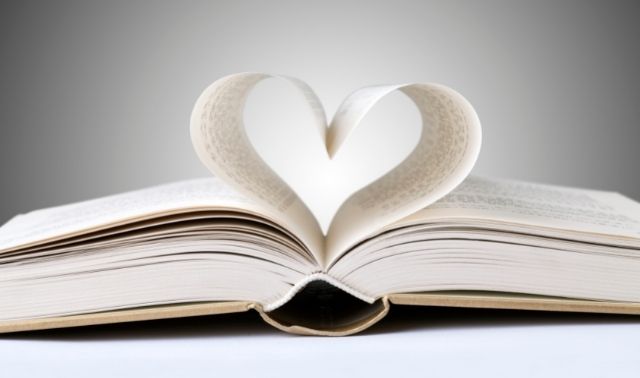 Here’s the family album you wish your ancestors had kept: The Metcalfe Family Album is a fictional dream come true for family archivists (Chronicle Books). In 1835 Marianne Metcalfe begins a tradition of writing in a family journal each Christmas. She is succeeded by five generations of women who record their thoughts, current events, recipes and crafts, and tuck photographs, letters and newspaper clippings among the pages. Despite their changing times, the women are united by their love of home and family.
Here’s the family album you wish your ancestors had kept: The Metcalfe Family Album is a fictional dream come true for family archivists (Chronicle Books). In 1835 Marianne Metcalfe begins a tradition of writing in a family journal each Christmas. She is succeeded by five generations of women who record their thoughts, current events, recipes and crafts, and tuck photographs, letters and newspaper clippings among the pages. Despite their changing times, the women are united by their love of home and family.
Author Sallyann J. Murphey, a former BBC producer, lives with her husband and daughter in the rolling hills of southern Indiana. Her first book, Bean Blossom Dreams (1994), tells of her family’s quest for a simpler, quieter life — a life that helped Murphey appreciate her own heritage. Family Tree Magazine recently asked Murphey about her inspiration for The Metcalfe Family Album and its just-released companion, Recollections: A Scrapbook and Guide for Creating Your Own Family Album (Chronicle Books).
Q. Why did you write the Metcalfe album?
In 1989 I inherited my family archive from my grandmother in Britain, and I got all these boxes of photographs — many of which, certainly all of them prior to 1920, I couldn’t identify. And it struck me as incredibly sad, and also it made me feel very guilty that I never ever asked about my ancestors while my grandmother was still alive. As I talked to friends about it, I realized that it was a modern phenomenon and some of them couldn’t even name their own grandparents, let alone go further back than that.
That was the seed that was planted, but I didn’t know what to do with it until I came here, a rural area with old traditions. I found myself with friends and neighbors who not only could name their grandparents but could go all the way back to their great-great-grandfathers. And they took huge pride in that continuity, and saw themselves not just as modern individuals but as part of a thread whose responsibility it was to take the stories from the past forward and teach them to the children. Wouldn’t it be just wonderful to recreate that for a lot of the people who’d lost it?
Q. I have to admit I didn’t realize the book was fiction until after I started reading, when I wondered why the author’s name wasn’t Metcalfe.
Part of that reality is the secret album that runs underneath the Metcalfe album, which is a lot of the photographs from my family archive that are used in the book. You have on one level the Metcalfe album, which is the scrap-book we all hope we’re going to find in an attic somewhere that’s going to give us all the background to why we’re here and why we do a lot of the stuff we do. But then underneath that there’s my family album, which is for me the piecing back together of all the little bits that got lost along the way.

No, I had no idea all that was going on. What’s wonderful about scrapbooking is that it’s a craft that all of us can do. That’s another thing I found as I was going through all the research for Metcalfe, all the skills that we, particularly women, have given up along the way. Of course, we’ve exchanged them for all kinds of good things, but it seems such a shame because you look back on all the painting that used to be done and the sewing and so forth, and how satisfying that must have been. We haven’t got the time or the training to do these old activities, and I think scrapbooking fills that gap very nicely because it allows us to be really creative.
Q. What do you hope people will think and feel after reading the Metcalfe album?
I hope that they feel less alone, and if they do feel alone, I hope that they are encouraged to look into their own past to see what kind of anchors are there waiting for them. And I hope that they begin to see the everyday pressures and stresses in a much wider context. 1 think that’s one of the great pitfalls of our modern age, that we don’t refer back to the past as much as we would have once done. That gives people a sense of context about what’s happening to them and makes them realize that they can go on, they will go on.
Q. Tell me about the Recollections scrapbook kit that was just released.
From the August 2000 issue of Family Tree Magazine




